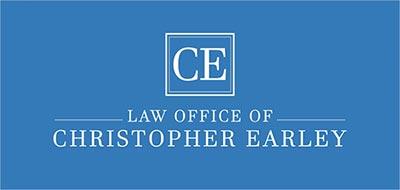
There are an estimated six million car accidents in the United States each year. While some of these accidents are innocuous and do not cause any harm to any of the occupants involved, many of these accidents do involve serious personal injuries suffered by innocent people. Many of these people that have been injured in a car accident are fed with a great deal of misinformation, which can confuse them as to how to properly proceed forward.
Understanding what is accurate and what is inaccurate can greatly assist an injured party recover full and fair compensation following a motor vehicle accident. Here are some common myths surrounding motor vehicle accident collisions.
The first myth is that insurance companies act in the best interest of people. That could not be further from the truth. Insurance companies are massive for-profit corporations, which are guided by the pursuit of profit. That means a primary motive of theirs is to minimize as much as possible the settlements that innocent injured people are entitled to. That means insurance companies frequently lie and deceive innocent people.
Some examples in which they do that are by telling a car accident victim that there's no point in hiring a lawyer because the lawyer will take the entire settlement. That is patently false. Studies have shown that hiring a lawyer can greatly increase your net recovery via a settlement following an accident.
Insurance companies also deceive people by telling them that they need to provide a recorded statement, which they do not need to do. Additionally, they also tell people they need to fill out a medical authorization form, which is also something that they do not need to do. Moreover, they very frequently will provide a settlement release to an injury victim. This release will forever end the case in exchange for a nominal settlement. If you accept the settlement offered to you and sign a release, the case is over forever. That means you can never reopen the case. Therefore, there are many ways in which insurance companies try to dupe good, honest people.
The second myth revolving around motor vehicle accidents is that if you're not wearing your seatbelt and you're injured, then you can be considered to be at fault. That is another patent untruth. Failure to wear a seatbelt in a motor vehicle collision is not a legitimate legal defense to a claim. Suppose, for example, that you were involved in an accident and you were not wearing your seatbelt at the time of the accident. Let's assume the other driver was completely 100% at fault for causing the accident. The fact that you were not wearing your seatbelt means nothing to the case. The mere failure to wear a seatbelt did not in any way cause or contribute to the accident. Therefore, failure to wear a seatbelt is not a legitimate defense to a car accident claim.
Another common myth involves rear-end motor vehicle collisions. Many people assume that if they are rear-ended in a motor vehicle collision, the other vehicle is automatically at fault. That is not the case. The fact that you are rear-ended does not mean necessarily the other driver is at fault. While frequently in the vast majority of situations, the vehicle behind you in that situation is considered to be at fault. There are exceptions. For example, if you suddenly stop-short and fail to keep a proper lookout and immediately hit the breaks and the vehicle driving behind you is not able to reasonably stop in time, then that vehicle will not be considered at fault. Therefore, rear-end motor vehicle collision liability assessments must be judged on a case-by-case basis based on the individual facts presented.

